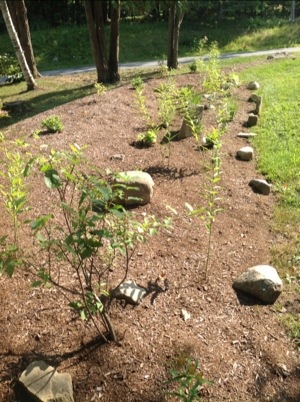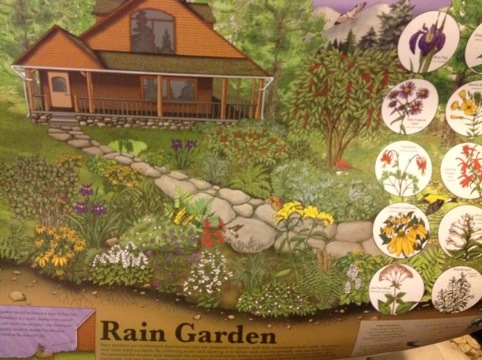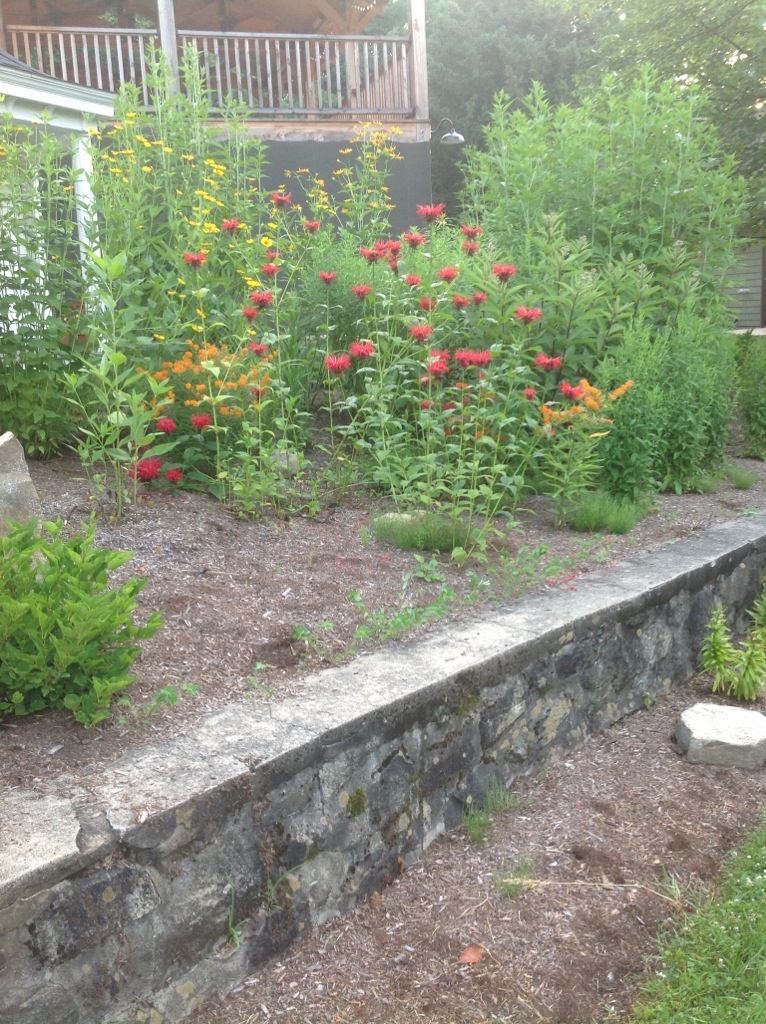What is a rain garden?
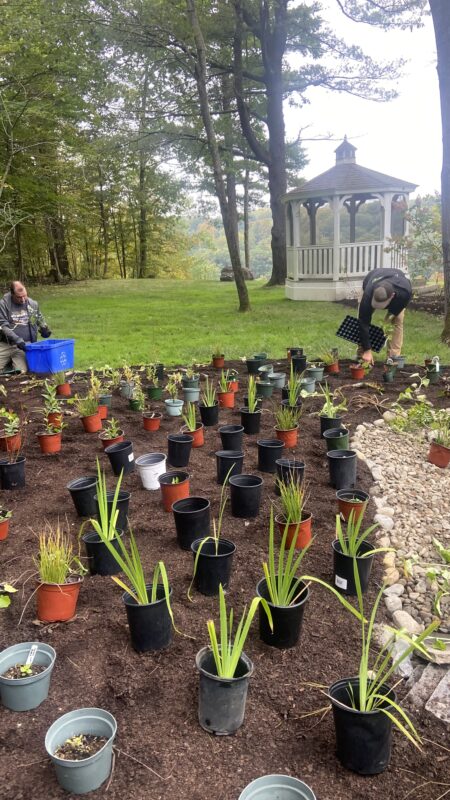
From an article elsewhere on our blog: “Rain gardens are the future of stormwater management. Imagine a system that harnesses nature to re-engineer a site to capture and sequester toxic runoff before it even starts. And habitat restoration with native plants for butterfly + pollinator gardens are part of the package? Rain gardens are the answer to many of the “wet soil problem area” questions.”
The problem-solving purposes of rain gardens are vast. Removing toxins and pollutants from the environment before they travel is a major fête and accomplishment. Storm water retention and mitigation is a new world engineering concept. Altogether if functional landscapes can stall or sink rainwater, the pollution will also sink and be sequestered via the native plant life. Providing food and shelter to wildlife is another modern problem solution a rain garden brings to life. Certainly, the beauty of these gardens and the happiness quotient increase is also significant.
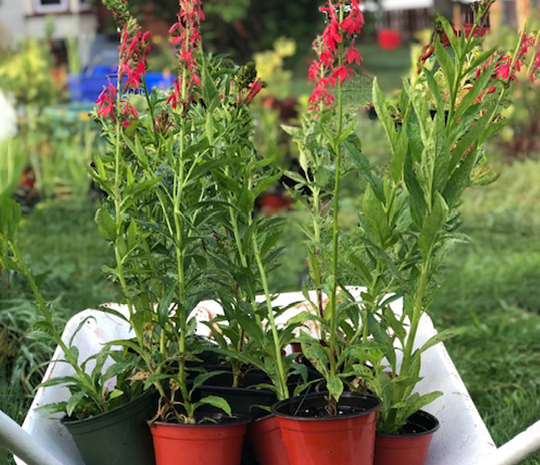
Various types of Rain Gardens.
There is more than one type of rain garden. Certainly, all of this storm water retention landscaping creates high quality butterfly and songbird habitat if native species plants are selected and planted. Overall, the basic version of a rain garden exists in a depression or natural low spot. Rain collects in such a location, and the strategically planned garden captures that rain. Wetland species native plants soak up and enjoy all the water. Secondly, a bioretention type rain garden exists. In contract to the basic version that cooperates with the land’s natural layout, bioretention rain gardens utilize excavation.
Surely, using native plants is a major action part of the success factor in planning. Sometimes we see public demonstration gardens of this nature that have introduced plants like Daylily. Unfortunately, introduced species lack the deep, deep roots necessary to harness all that rain sequestration productivity.
How to hire Jessecology for professional Rain Garden Construction.
Have you been curious about rain gardens for a while? We’d love to meet you. The Jessecology team has designed and constructed many, many storm water mitigation projects. Fill out our customer intake form and we’ll be in touch soon.

